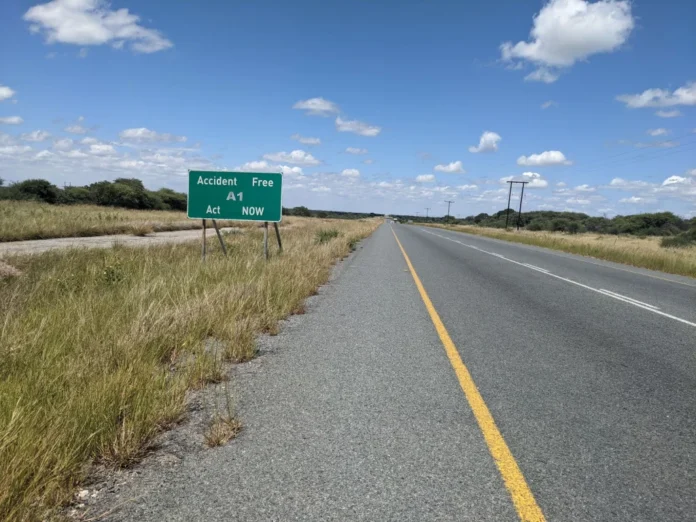Botswana’s transportation sector continues to rely heavily on road networks, as latest statistics reveal a notable surge in first-time motor vehicle registrations as the country grapples with declining performance in both rail and air transport.
According to Statistics Botswana’s Q1 2025 Transport and Infrastructure Stats Brief, a total of 11,583 vehicles were registered for the first time during the first three months of the year. This marks a slight recovery from the previous quarter, though passenger vehicles dominated, accounting for 71.6 percent of all new registrations. Notably, 77.4 percent of all new registrations were used vehicles, with a staggering 85 percent of those originating from Japan.
Gaborone led all registration stations with 63.6 percent of vehicles registered during the quarter, further cementing its position as the country’s automotive hub. In stark contrast, the country’s rail and air freight sectors have faced considerable setbacks. Rail freight volumes fell by 24.1 percent from Q4 2024, down to 196,637 tonnes in Q1 2025. This was accompanied by a corresponding 27.5 percent dip in revenue, which stood at P47.5 million.
Similarly, the aviation sector experienced turbulence, with aircraft movements plunging by 22.4 percent. Domestic flights bore the brunt of this decline, shrinking by 24.8 percent compared to a 13.2 percent drop in international traffic. Air passenger volumes followed suit, falling by nearly 20 percent, as both local and international travel declined. Domestic passenger numbers contracted by 23.4 percent, while international numbers dropped 17.5 percent.
While Maun Airport led in aircraft movements at 66.1 percent, Sir Seretse Khama International Airport (SSKIA) remained the hub for scheduled international flights, handling 66.2 percent of scheduled passengers. In contrast, Maun dominated non-scheduled and scenic flights, particularly in the tourism sector.



